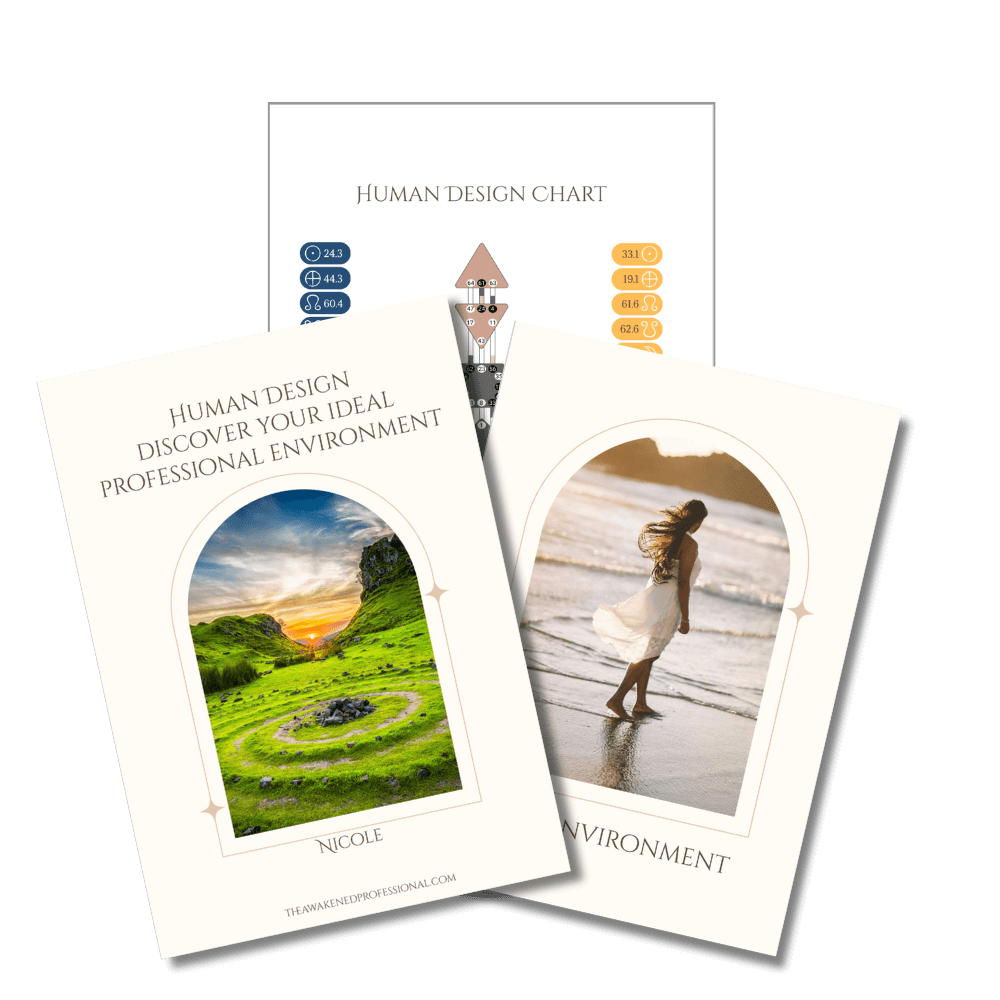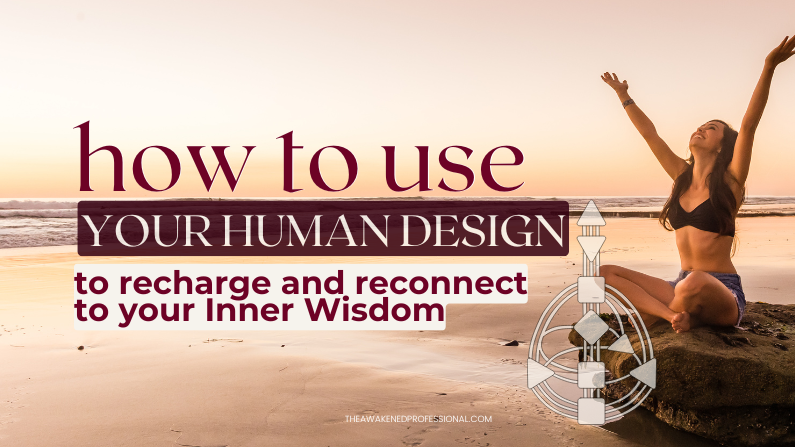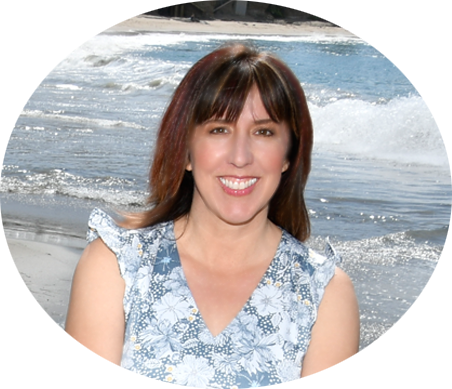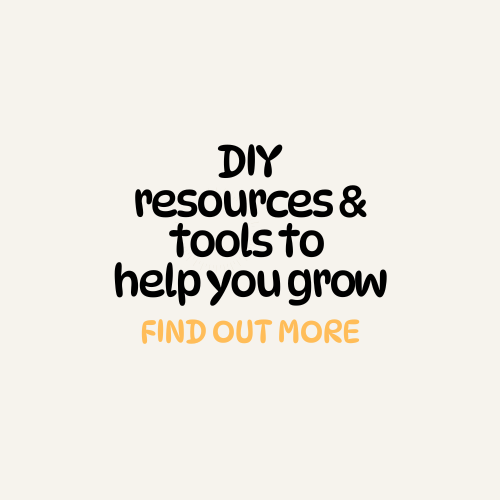There are times in our lives when the energy is a little extra! Like during an election week or at pivotal moments in history, when everything feels intensified.
During such times, it’s more important than ever to implement self-care practices that keep your nervous system calm and your intuitive channel clear. You’ll need those juicy downloads from your higher wisdom as you navigate through uncertainty in the upcoming years. (According to Human Design, we are shifting to an internal navigation compass instead of seeking external validation.)
One of my favorite and easiest ways to feel more grounded and soul-supported during intense energy seasons is to use my Human Design environment variable to my advantage.
Today I’m sharing tips for each of the variable types to support and recharge even during the most turbulent times.
What is Human Design?
Human Design is a modern system of self-discovery that combines astrology, the I Ching, the Kabbalah, and the Chakra system, among other ancient wisdom traditions, with modern science and technology.
It’s based on the idea that each person is born with a unique energetic blueprint that provides insight into their personality, strengths, weaknesses, and life path. It is meant to help you rely on your inner authority (intuition) instead of external information.
Ra Uru Hu, the founder of Human Design, channeled this knowledge in 1987 on the island of Ibiza. He taught it with the intent of helping people use their “inner authority” to navigate the completion of an astrological cycle and the beginning of a new one in 2027.
This new cycle will shift focus from our current foundations to an understanding of how we make decisions, which will be our necessary toolkit, according to Ra.
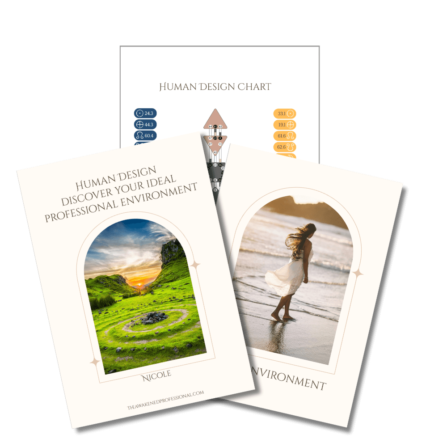
How Do I Find My Environment Variable?
Not sure what your environment type is? Grab your FREE “Discover Your Ideal Professional Environment” blueprint to find out! This tool can help you start using this powerful insight today.
Tips by Environment Type
Each environment variable has two energy types, which suggest whether you should spend more time in a particular environment or use it only as needed.
For example, one “Mountain” type may enjoy living in the mountains, while another may benefit from short visits to higher elevations or apartments with a view.
Or a “Caves” person may enjoy the quiet, alone time more often while another may enjoy more social activities with the appropriate amount of solitude, or “hermitting”, they desire.
Here’s a quick guide to help you find calm and clarity according to your environment type:

Caves: Seek solitude and quiet to recharge. Think cozy time on the corner of the couch with a cup of cacao, visits to the infrared sauna or salt room, quiet in a room with the door closed and headphones on.
Anything that simulates the feeling of safety, security, and retreat can help a caves person feel supported and recharged.

Markets: Connect with others and engage in stimulating conversations. If you have markets as your environment variable, seeking areas with stimulating conversations and exchanges of information can help you recharge. Think breakrooms at work, brunch with friends, coffee shops, or a farmer’s market. This can even include reaching out to friends on the phone or by text!
Markets gather information and connect in feelings of “bustling” and energy exchange.

Kitchens: Nurture yourself through acts of care and creativity. When you think of a kitchen you think of creativity (throwing recipes together and innovating), gathering, and the hub of a home. You may want to cook an actual recipe, or just sit in an area that feels like the hub of the home.
People often gather in kitchens and you can feel into whether you would like some company.

Mountains: Gain perspective and clarity through meditation and reflection. Higher elevations help people with mountains process and recharge. This can be a second story of a home or an actual walk at an outdoor, higher elevation. Looking out a window, walking in nature, or a cozy tea by the fireplace.
Think of ways to bring mountains into your day to recharge, even if you can’t physically go to the mountains.
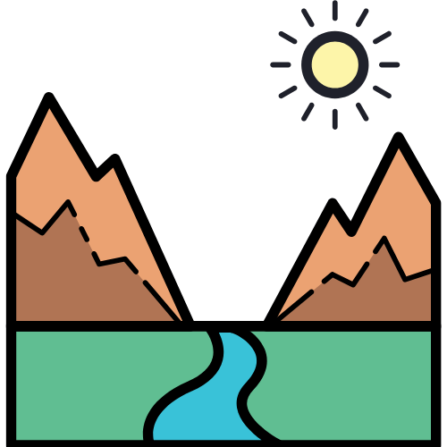
Valleys: Thrive in balanced environments. Ground yourself with practices like yoga, meditation, or spending time in nature. Valleys communicate via flow like the river in a valley. Rivers are historically the communication hub for people who live in a valley.
Implementing balance, and quiet, and finding your natural communication style that flows can help you recharge.

Shores: Find a place near water—the ocean, a lake, or even a garden with a pond. If you can’t access water directly, try creating the feel of water in your home with ocean sounds or a small water fountain. Even a bath! Allow the nearness of the water to replenish your energy and also calm sounds of the ocean can help soothe your nerves.
Shores are about the transition in spaces but also the literal water.
Please note that you can like all these environments. Almost everyone loves the beach, even if they do not have shores as their environment variable, for example. But this post is focusing on the environment that you can use to recharge that is specific to your aura’s needs.
Self-Care Through Your Human Design
By understanding your unique energy needs, you can create a personalized strategy for coping with stress and uncertainty. Remember, self-care isn’t selfish; it’s essential for your well-being!
Taking the time to understand your Human Design environment can empower you to navigate challenging times with grace and resilience.
Grab your free environment blueprint!

Not sure what your environment type is? Grab your FREE “Discover Your Ideal Professional Environment” blueprint to find out! This tool can help you start using this powerful insight today.
